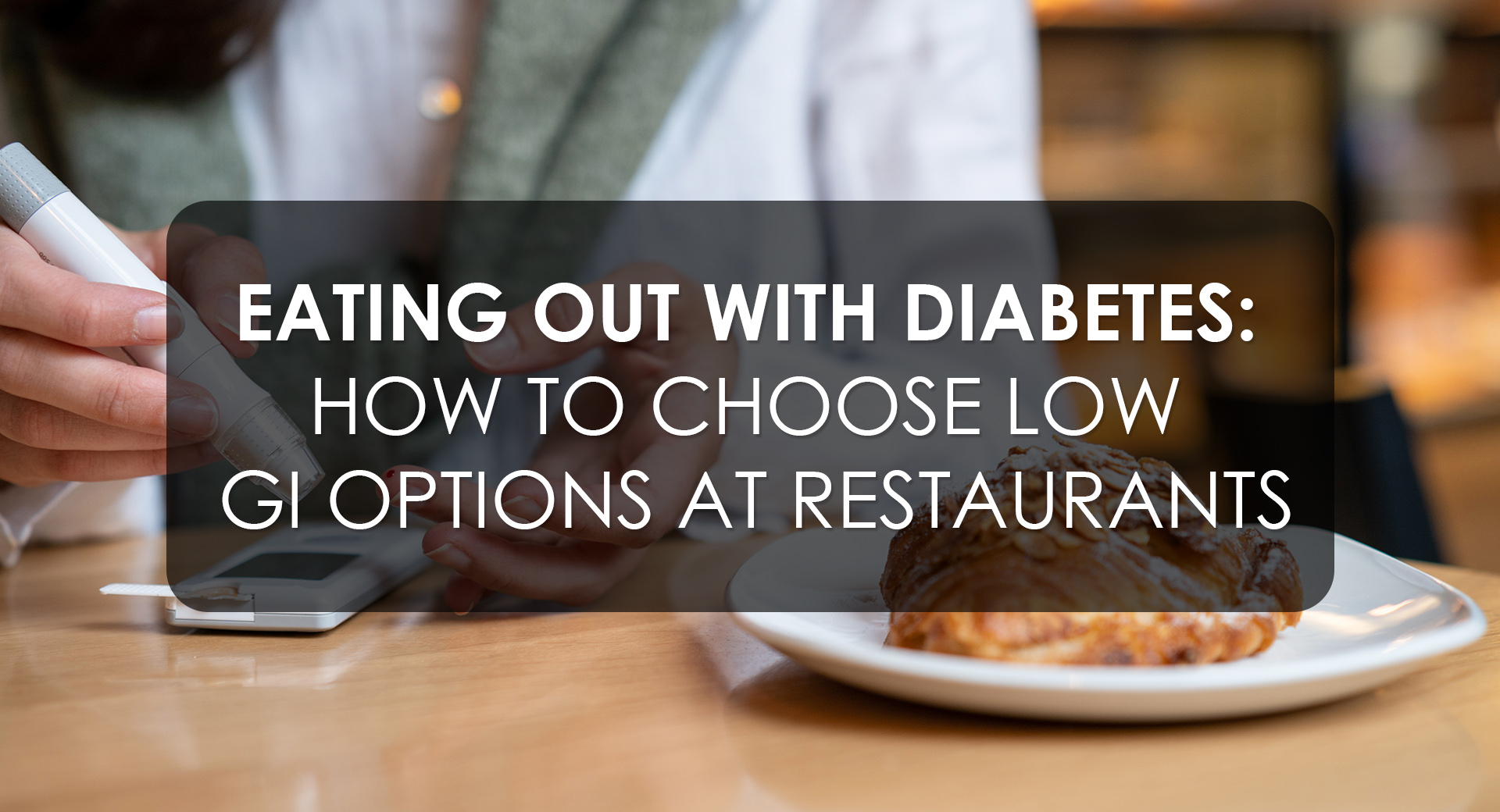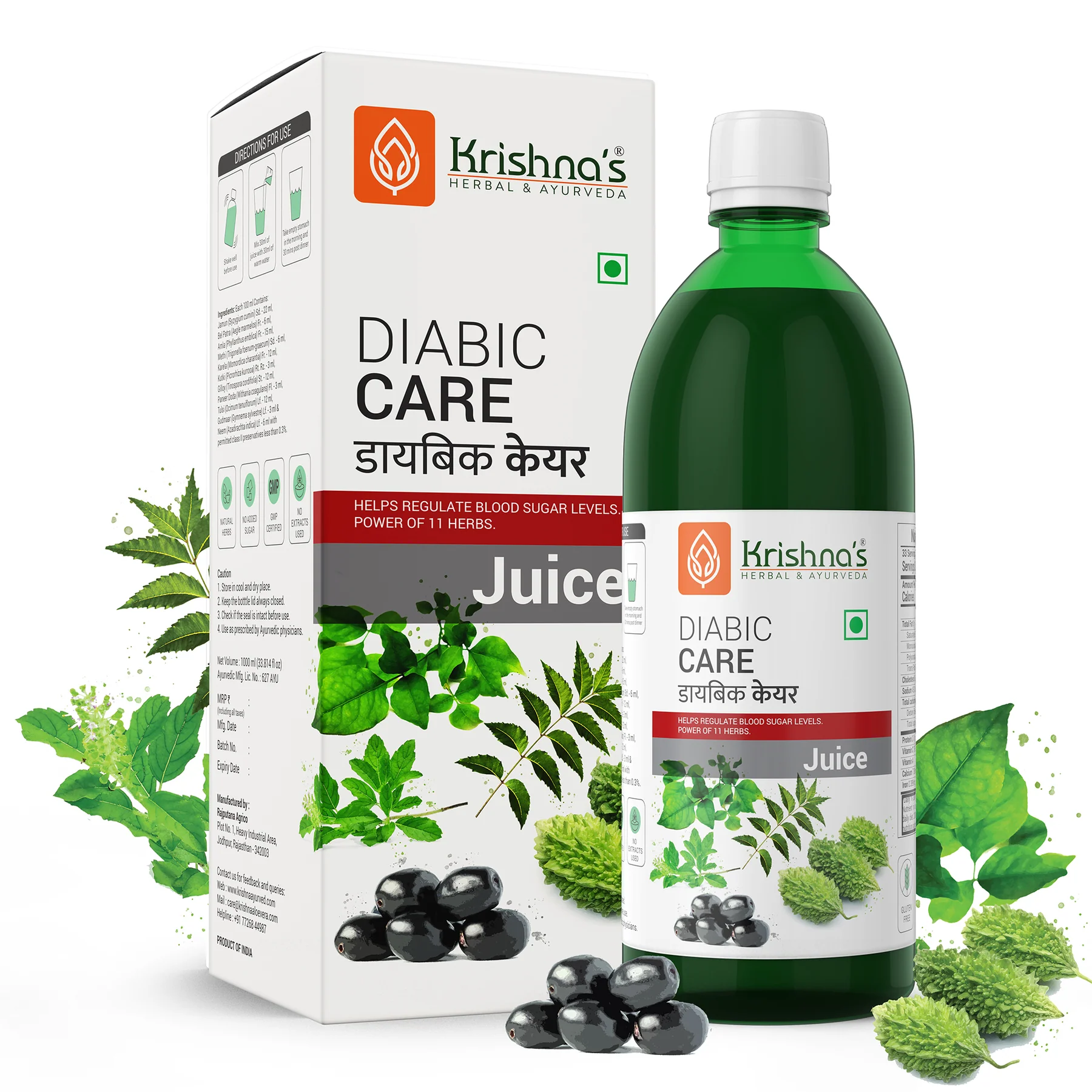Having diabetes doesn’t mean that you cannot enjoy a dine-out with your friends and family. Yes, the foods outside your kitchen can be high in calories, carbs, and fat but with a little planning and knowledge, you can still enjoy delicious meals without spiking your blood sugar levels.
When you have diabetes, you need to watch what you eat and drink to maintain general good health. A diabetic-friendly eating plan can help you stay healthy and maintain stable blood sugar levels. But, dining out at restaurants can be challenging.
This blog will help you choose low glycemic index (GI) options at restaurants and keep on track with a diabetic-friendly diet.
What is a low-GI eating plan?
The GI is a measure of how quickly a specific food increases your blood sugar levels. A low-GI eating plan includes foods that are low on carbs, and high in fibre and protein so the foods are digested slowly, keeping a steady rise in blood sugar.
When at home, you can easily follow this diet plan but it can be hard to figure out what to put on your plate when dining out.
Here are some simple tips to help you choose low-GI foods without compromising on taste.
Plan your meal before heading out
While dining out, it is a usual tendency to go overboard and eat more than you would at home. So, stick to having only one meal out and the rest at home so that your nutritional needs for the day are met.
If possible, read the menu before you get to the restaurant. Today, most restaurant menus are available online. This will help you avoid making unhealthy choices especially if you are hungry.
Avoid empty calories
You should completely avoid or limit your alcohol intake. While it may be tempting, especially during a party, try to limit your consumption as much as possible. Alcohol contains empty calories, meaning calories without minerals, vitamins and other essential nutrients. In fact, after fat, alcohol is the second most calorie-dense food with 7 calories per gram. Alcohol is also high in carbohydrates, the more you drink, the faster your blood sugar rises.
Consider low-calorie beverages instead. You can have sugar-free drinks; try to find low-calorie beverages that you actually love, so it feels less like a diet.
Start with a soup or a salad
A soup or salad before your main dish can help you avoid overeating. The salad and vegetables in the soup contain fibre and complex carbohydrates that will digest slowly and prevent sudden spikes in your blood sugar levels. These foods will keep you full and also reduce your total calorie intake while helping you stick to your low GI plan.
Be mindful of the cooking method
The way food is prepared has a significant impact on its glycemic index. Look for food that has been steamed, or boiled. In general, these cooking methods help preserve more resistant starch and result in a lower GI when compared to other cooking methods.
You might be surprised to know that deep-fried foods also have a low GI because of the high amount of fat, which slows down the absorption of sugar in your blood. But, these foods lack all the nutrients and have many negative health effects. So, it’s best to avoid them.
If you still crave some, you can have a small portion along with healthy options like salads which are high in fiber and have a low GI.
Watch the portions

Many restaurants serve enough for two meals in one dish. If you know this is the case, ask the server whether a half-serving is available, or request a take-home container and save half for a later meal as soon as your food arrives.
Another best way is to follow “the plate method”. It is a simple technique of having portion-controlled meals with all the necessary vitamins and minerals for good health. The American Diabetes Association and many other organizations endorse this as the easiest way to create a balanced meal plan without counting calories. It also allows you to more easily visualize your nutrient intake.
Follow these simple steps:
- Draw an imaginary line along the middle of your plate.
- Start by filling half the plate with nonstarchy vegetables. They are lower in carbohydrates, and the best GI food that will not raise your blood sugar very much. These foods are also rich in vitamins, minerals, and fibre which is an important part of a healthy diet. You can opt for veggies like spinach, green beans, broccoli, cabbage, carrot, mushrooms, okra, zucchini, yellow squash and many others.
- Next, fill up one-quarter of the plate with lean protein foods. Lean proteins are healthier choices as they are lower in saturated and trans fats. You can choose options like lentils, black beans, tofu, edamame, hummus, and falafel.
- Fill another fourth with whole grains or carbohydrate foods. These might include whole grains such as brown rice, oatmeal, quinoa, and full-grain products (bread, pasta, tortillas).
Be careful with desserts
Sweets are tempting, and avoiding them, especially at parties can be really difficult. And we are not telling you to avoid it either. It’s okay to enjoy treats occasionally as long as your blood sugar levels are stable. Diabetes-friendly dinners can include desserts. But, try to limit your intake as much as possible.
One smart strategy is to hold back carbohydrate-rich foods during the main part of the meal, such as chapati or rice. This way, you can “save” those carbs for a small serving of dessert. You may also share rich foods, like kulfi, with a friend. Using a teaspoon instead of a dessert spoon can help too—it makes your bites smaller and your dessert last longer.
How often are you eating out?
If you dine out frequently, try to bring your own low-GI and low-carb meals from home. Keeping your blood sugar levels steady throughout the day is important, irrespective of whether you are eating out or not.
Diabetes is a condition that requires extra care. By sticking to a consistent, well-balanced diet, you can keep your blood sugar levels under control and prevent diabetes complications. Make healthier choices by focusing on controlling portion size and eating the recommended amounts of protein, fibre, and healthy fats.
But, if you are someone who follows healthy meal patterns most of the time and eats out occasionally, it’s perfectly fine to order whatever you like.
So go ahead and treat yourself!












